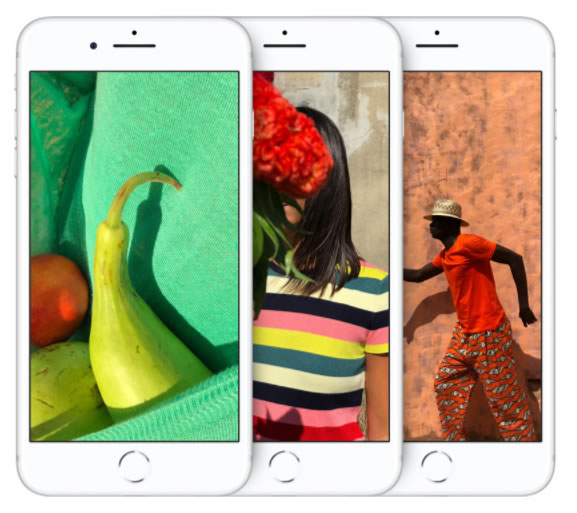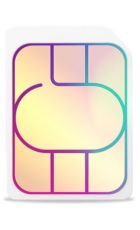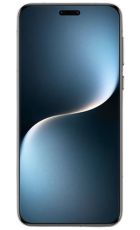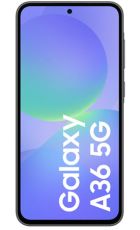The iPhone 8 is here, launched alongside the larger iPhone 8 Plus and the futuristic iPhone X, but while surprisingly the 8 isn’t the top of Apple’s range, it is the closest to the iPhone 7.
With that in mind we’re looking at exactly how similar these two phones are, and what’s different. From design, to screen and beyond we’ve covered it all.
So read on below to become an instant expert on the iPhone 8 and see exactly how it compares to Apple’s previous flagship.
Design
iPhone 8 (138.4 x 67.3 x 7.3mm) vs iPhone 7 (138.3 x 67.1 x 7.1mm)

At first glance, there’s little visibly different between the iPhone 8 and iPhone 7. They’re both slim, compact phones with almost identical dimensions – though the iPhone 8 is marginally larger.
The big change though is that the iPhone 8 has a glass back and a metal frame, while the iPhone 7 is all metal. It leaves the iPhone 8 looking a little shinier, though whether this is an improvement is entirely subjective.
The colours you can get the two phones in differ too. The iPhone 8 comes in a choice of Silver, Gold or Space Grey, while the iPhone 7 is available in a wider selection of shades, including Jet Black, Black, Silver, Gold and Rose Gold.
Otherwise they’re very similar, with both phones sporting large bezels above and below the screen, with a home button and fingerprint scanner on the bottom bezel. They’re also both IP67 certified dust and water resistant, meaning they can be submerged up to 1 metre deep for up to 30 minutes.
Display
iPhone 8 (4.7-inch 750 x 1334) vs iPhone 7 (4.7-inch 750 x 1334)

There’s less difference in their displays, as both the iPhone 8 and iPhone 7 have a 4.7-inch 750 x 1334 LCD screen with a pixel density of 326 pixels per inch.
They’re quality screens, if not quite as sharp as you might expect from a modern flagship, and they also both support 3D Touch – Apple’s pressure-sensitive display tech which allows the screen to respond differently depending on how hard you tap.
The main difference however is that the iPhone 8 has a True Tone screen, which means it can automatically adjust its white balance to suit your environment. The iPhone 7 doesn’t have this, so the iPhone 8’s display is a slight upgrade in that sense.
Power
iPhone 8 (six-core A11 Bionic 2GB RAM) vs iPhone 7 (quad-core A10 Fusion 2GB RAM)
This is one of the biggest upgrades you’ll find in the iPhone 8, as while the iPhone 7 has a quad-core A10 Fusion chipset the iPhone 8 has a six-core A11 Bionic one.
That chip has four efficiency cores that are up to 70% faster than the A10 Fusion and two performance cores which are up to 25% faster. It’s also got a 30% faster GPU, so all in all it should offer far superior performance.
Though the two phones both have 2GB of RAM and the iPhone 7 is still a very powerful handset.
Camera
iPhone 8 (12MP rear 7MP front-facing) vs iPhone 7 (12MP rear 7MP front-facing)

There’s not a huge amount of difference between the cameras in these two phones, as both the iPhone 8 and the iPhone 7 have a 12MP snapper. They also both have the same aperture of f/1.8, along with optical image stabilization and a quad-LED flash.
There are some differences though, for example the iPhone 8 can record 4K video at up to 60fps and 1080p footage at up to 240fps, while the iPhone 7 tops out at 30fps for 4K and 120fps for 1080p.
They’re both high-quality snappers though, in fact they’re among the best single-lens smartphone cameras you’ll find and both are joined by a 7MP camera around the front.
Battery life, memory and connectivity
iPhone 8 (1821mAh 64/256GB 4G) vs iPhone 7 (1960mAh 32/128/256GB 4G)
The iPhone 8 actually has a smaller battery than the iPhone 7, with just an 1821mAh juice pack inside, while the iPhone 7 has a 1960mAh one, yet Apple has promised roughly the same battery life, likely due to the more efficient processor in the iPhone 8.
That’s still slightly disappointing though, as the iPhone 7 just barely lasts a day of moderate use, so an upgrade here would have really helped.
You can however charge the iPhone 8 fast and it even supports wireless charging, which the iPhone 7 doesn’t.
The iPhone 8 comes with a choice of 64GB or 256GB of storage. The iPhone 7 meanwhile used to come in 32GB, 128GB and 256GB sizes, but the 256GB model has been discontinued, so you’ll need to choose an iPhone 8 if you want as much as that.
Both phones support Wi-Fi, 3G, 4G and NFC (though just for Apple Pay). The main difference in connectivity options is Bluetooth, as while the iPhone 7 has Bluetooth 4.2, the iPhone 8 sports the superior Bluetooth 5.0.
Price and availability
The iPhone 7 starts at £549 for 32GB and rises to £649 for a 128GB model. The iPhone 8 meanwhile costs £699 for a 64GB option and goes up to £849 for a 256GB one, so it’s quite a lot more expensive than the iPhone 7, but then it is a brand-new flagship.
You’ll also have to wait a short while to get the iPhone 8, as while you can pre-order it now it doesn’t arrive in stores (or on your doorstep) until September 22nd. The iPhone 7 meanwhile is of course readily available.
Conclusion
The iPhone 8 isn’t the massive jump that the iPhone X is, but it’s still a significant upgrade over the iPhone 7 in a number of key ways.
It has a refreshed design, sporting glass rather than metal on the back, it also has a lot more power, a slightly improved screen and camera, wireless charging and - since Apple discontinued the 256GB iPhone 7 – comes with more storage.
It’s probably not a big enough jump to warrant upgrading from a 7 to an 8, but if you’re on an older handset and can’t justify spending what an iPhone X would cost then the iPhone 8 should be well worth considering.








